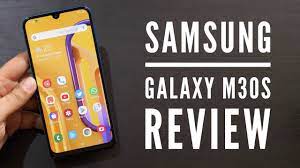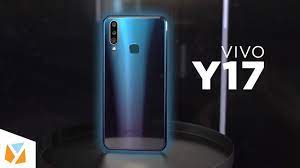The Fujifilm X-T200 produces high-quality color graphics, excellent range, and acceptable audio performance. They are clear and detailed. But, Its advantages: - Produces images of excellent color and flexible scope; - Designed for a 3.5-inch sharp screen; - Has reliable autofocus functionality; and - Smooth retro design is very simple. However, cons, - The camera has a low buffer depth; - Has no tracking for videos; - Its optical sensor is sometimes unreliable; and - The toy stick is not properly positioned when using the viewer. The Fujifilm X-T200 is a good camera-free camera option for beginners due to its autofocus performance, video capture features, and speed. It is therefore a device worth considering if you are considering installing your own photo game from Smartphones and point-and-shoot cameras. Next in fourth place is the Nikon Z50. Part of the Nikon's Z series, the Z50 is a product entry into the market full of APS-C glasses. It comes with a 20.9-megapixel sensor and an Expeed 6 processor that makes some features of the camera like the 4K video capture and native ISO range. Using the same hybrid autofocus system as the previous Z6, the Z50 has 209 on-sensor autofocus points covering about 90% of the frame and brings sharp edges. You can also have sensitivity to up to 4 Low light photography and get autofocus for human photography. The Z50 lets you choose between an electronic viewfinder, and a TFT LCD for your photos. And because shooting 4K video is almost a standard now, you can expect the Z50 to allow you to do this with frame rates of up to 30fps. However, that doesn't stop the Z50 from producing more detailed images.
They are proud of their beautiful color and look realistic, even with the right amount of vibration and fullness. Physically, the Z50 is similar to the smaller version of its older siblings Z6 and Z7. They have the same layout, viewer placement, and button layout. One big difference is that the Z50 comes with a more compact frame, and to save space, Nikon removed some of the controls and adjusted the buttons. It also grips well, so you won't feel uncomfortable even if you use the camera for a long time. Its advantages: - It offers a good value for money; - Built with beautiful viewer and screen; - Uses the most common SD cards that XQD; and- This camera is ready to go. The downside, however, is, - The camera’s tilt screen cannot be used with a tripod; - Does not have a AutoFocus points selector; - Contains only one USH-I card slot; and- The width of the native lens is limited. Although the APS-C full-spectrum market, the Nikon Z50 has managed to make its mark.
There’s a lot to like about this mirrorless camera, and it’s perfect for beginners who like to test their photography skills while on the go. Still haven't found a mirrorless camera that meets your needs? In the meantime, if you are visiting your channel for the first time, be sure to subscribe and hit the metal icon to get notifications for our next videos. The third product on our list is the Panasonic GX9. Released in 2018, the Panasonic GX9 is a successor of GX8, designed for photo lovers who want an integrated but efficient camera with no mirrors. It uses the same 20.3-megapixel Micro Four Thirds sensor without the low-resolution filter for detailed translation. Panasonic also redesigned the shock sensor by 90%. Another is to improve the image stabilization system now that comes with 5-axis compensation. It works in conjunction with in-lens optical stabilizer so you can use four-speed shutter speeds in slow motion. The GX9 can take 4K videos at 30fps and comes with advanced 4K image modes. It also puts symbols in order when there is a significant change in the content of the frame so you can easily find important moments later. And believe it or not, this camera allows you to adjust focus after taking a shot thanks to 4K Post Focus mode. This feature captures a brief point of focus on usage. After that.











0 Comments